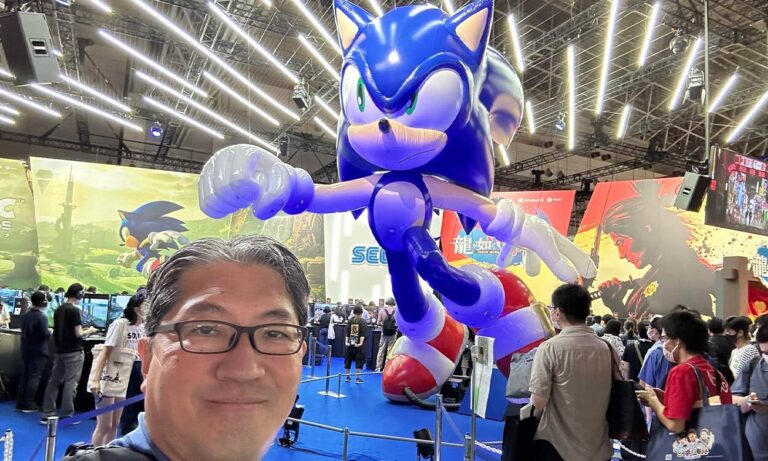Creator of iconic video game ‘Sonic the Hedgehog’ arrested for insider trading, again
The blue hedgehog that was the bane of all parents in the mid-90s has had a rocky legacy since his days of stardom and glory. After being dethroned by the likes of Super Mario and Pokémon, the SEGA mascot has often struggled to find his footing in the gaming multiverse. The years haven’t been kind to Sonic, and the same seems to go for his creator, Yuji Naka, who has found himself arrested for a second time after taking part in insider trading while working at the Japanese studio, Square Enix.
Japanese outlet Asahi reported that Naka was re-arrested alongside another Square Enix employee, Taisuke Sazaki, on 7 December 2022. The pair are alleged to have purchased shares in game studio ATeam Entertainment based on non-public information regarding plans for Square Enix to collaborate with the Japanese developer on a Final Fantasy mobile title.
Although the mobile game has since ceased service, the pair are believed to have earned “hundreds of millions of yen” from the insider deal as share prices would have risen exponentially once the news was revealed—with Naka having reportedly made an investment of 144.7 million yen (roughly £800,000) in 120,000 shares.
Naka’s previous insider trading arrest
The recent arrest comes just weeks after news broke that Naka had invested in another game production company back in early 2020 called Aiming, that had been developing a Dragon Quest mobile game with Square Enix, long before the revelations had gone public. The special investigations unit of the Tokyo District Prosecutors Office stated that Naka had bought 10,000 shares in Aiming for about 2.8 million yen (roughly £16,000). Although, expecting to make a pretty sum from the shares, it is unclear if the video game programmer ultimately managed to sell them.
This news came the day after two other former Square Enix employees, Taisuke Sazaki and Fumiaki Suzuki, faced similar charges for insider trading and investing in the same company during the same time frame.
When Square Enix was approached by Video Games Chronicle (VGC) for a statement, the company divulged that they were in full cooperation with the Tokyo District Prosecutors Office and claimed they “deeply regret the great concern this has caused. We have dealt with this incident strictly, including all disciplinary actions taken against suspected employees.” Only time will tell if this issue was symptomatic with the company.
A chaotic path beyond recovery
This isn’t the first patch of trouble Naka has had in recent years either. The former head of Sonic Team was met with huge financial disappointment in 2021 when his venture with Square Enix flatlined in the court of public opinion, resulting in incredibly poor critical reception and lukewarm sales.
The game, Balan Wonderland, was not the exciting return to form that fans and Naka had hoped for. The shaky development resulted in the creator being booted from Square Enix months before release—ultimately concluding in a messy lawsuit.
Perhaps this is what led a once great gaming icon down the path of insider trading, but more than likely is that he was tempted by the sweet chaos emerald that is money. Sonic might be making a comeback, but the same can’t be said for Naka.





